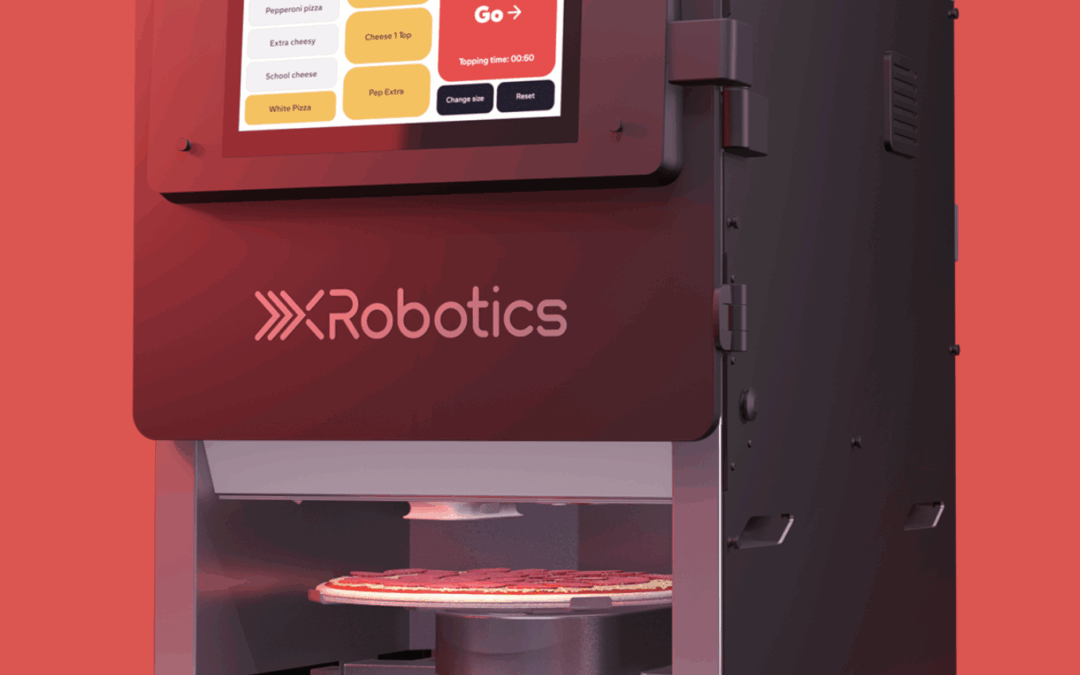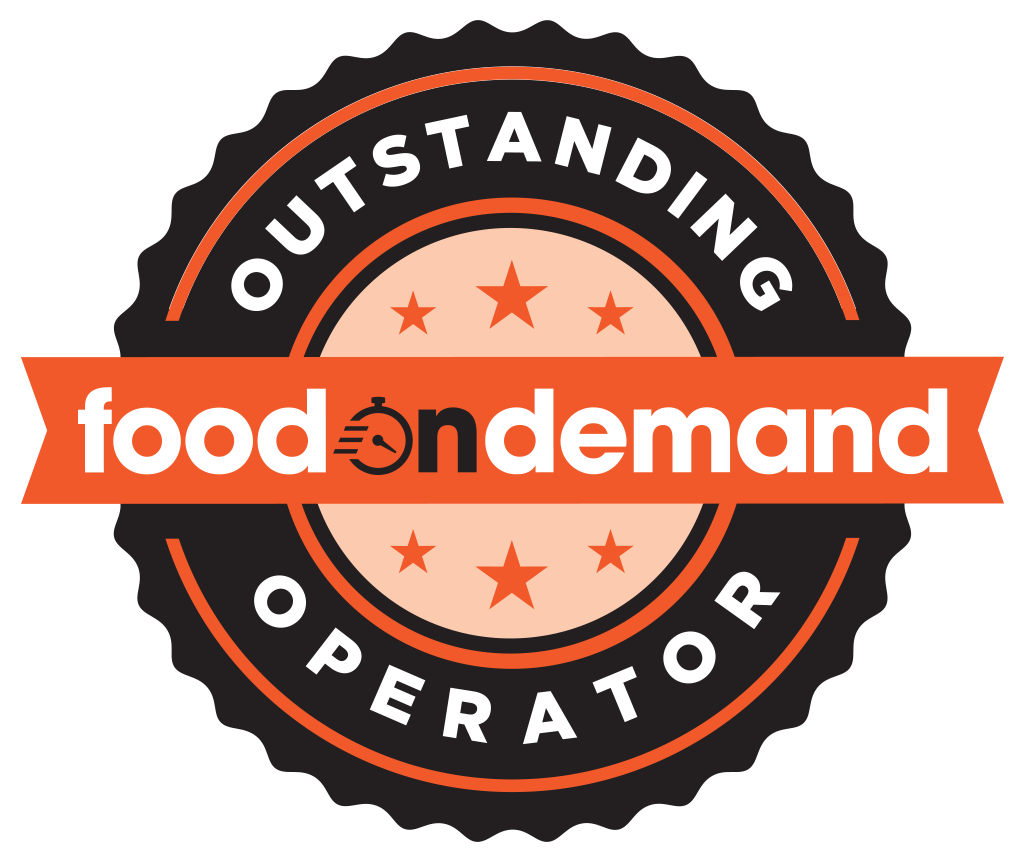Last year brought a lot of headlines about the tight labor market and how operators just couldn’t find enough bodies. Might that make now an ideal time for a kitchen-automation solution like XRobotics to make a pitch? Sure. It doesn’t hurt. But Igor Buchatskiy says don’t read too much into it.

Igor Buchatskiy, VP of sales and development at XRobotics
“The fundamentals haven’t changed,” said the vice president of sales and development in an interview. “If you go to the websites of 90 percent of pizza restaurants, there is going to be a separate page. Help Wanted. Nine out of 10 restaurants will have this page. Operators have always needed help.”
XRobotics currently has about a couple dozen robots in operation in the U.S. and recently finished a fundraising round that netted them $2.5 million in venture capital to scale things up.
“We’re going to add to our production capacity as well as our technical support and sales team,” he said.
Pizza-making robots are starting to proliferate in U.S. kitchens. Buchatskiy is confident his San Francisco-based start-up can emerge as a market leader.
Robb Swanson is an early disciple. He operates a Zorbaz On The Lake pizza location in Park Rapids, Minn., and has been using an xPizza Cube for two years. There was a learning curve — “Robb was our first customer and it took him a couple months to figure out how to best use it” — but now he’s one happy operator.
“We adopted it because hiring reliable kitchen staff is tough, and the Cube solves that while boosting product consistency and overall line efficiency,” he said. “It saves us about $86,000 a year, straight to the bottom line.”
XRobotics has ambitions for Canada and Mexico as well as the U.S. “We just sold our first machine in Mexico,” said Buchatskiy. The new funding will come in handy as the company attempts to make inroads in the rest of the continent.
Buchatiskiy is confident XRobitics has the technology to deliver high-quality pizza, which it developed after three years of testing and thousands of iterations. Now it just needs deeper market exposure.
“Ours is still new technology and the pizza-making industry is generally conservative and change-resistant,” he said. “But the more people know about the machine how it works, the more people will be willing to try it.”
There is certainly a captive market waiting to be convinced. “There are 70,000 places that offer pizza on their menu,” he said. “Robot providers have yet to scratch the surface.”
Buchatskiy has a clear understanding of the operator who should take a robot.
“The run-of-the-mill pizzeria that sells pizza for people watching football games, for parties, who use sauce, cheese, pepperoni, maybe some mushrooms, onions, and who sell at volume,” he said. “This is the machine for them. We have clients who make 300-400 pizzas a day with two employees. That is unheard of without a machine. You would need four or five employees. I believe that in another year or two this type of automation is going to be standard issue for any pizzeria focused on volume and quality.”


